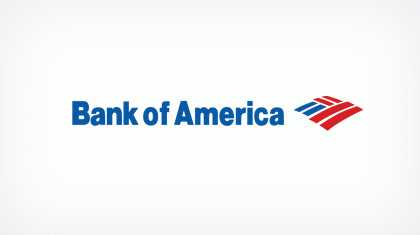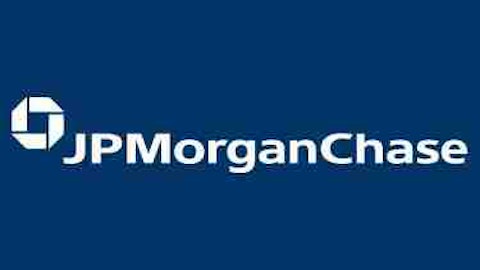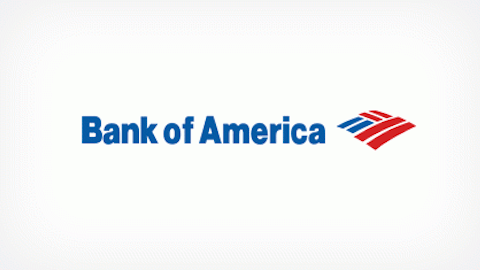Interest rates on federally subsidized Stafford student loans doubled as of July 1, and since then, Congress has tried to pass a student loan bill that would give students and parents some relief from those higher rates.
But as of Friday morning, the Senate hadn’t been able to find a compromise that would be acceptable for everyone. Without action, students will pay 6.8% for their Stafford loans this year, up from 3.4% during the previous school year.
Let’s take a look at the current status of the student loan bill and what the congressional impasse means for your finances.
What the student loan bill would do
President Obama and a number of lawmakers have put forward several proposals that would reduce student loan interest rates below the 6.8% level. Most of them involve tying the rate for loans granted in a specific year to current interest rates such as those on U.S. Treasury bonds.
For instance, Bloomberg News reported earlier this week that one tentative Senate proposal would involve using the 10-year Treasury bond rate and adding 1.8 percentage points to it, which would have equated to a 3.61% interest rate this year. For parent PLUS loans, the add-on would be 4.5 percentage points, producing a 6.31% rate compared with the 7.9% they pay currently. That’s the rate that students would pay on that year’s loans for as long as they had them outstanding.
Not everyone agrees that a rate that changes every year is best for students.
What’s holding things up
Some lawmakers have pushed for a temporary continuation of last year’s 3.4% rate, but those bills have been blocked by those seeking a more permanent solution. Others believe that even a 3.4% rate is too high, with Sen. Elizabeth Warren having made a proposal to match up student loan rates with the current Federal Reserve discount rate of 0.75%.
For the most part, though, finding a middle-ground rate isn’t the problem. Rather, two more fundamental disagreements are holding up progress on a compromise.
First, the Senate and the House differ on whether student loans should have rates that are fixed for the life of the loan or whether those rates should vary from year to year. Second, lawmakers agree that any changes shouldn’t result in added cost, but the tentative Senate proposal described above would cost the government an additional $22 billion according to the Congressional Budget Office.
Until those issues are resolved, the impasse is likely to continue.
It’s important to understand that for the most part, the impact on banks from the bill would be minimal. Under the Federal Direct Loan Program, the Department of Education is the lender on Stafford loans extended through the program rather than a private lender. Admittedly, rising rates on Stafford loans might make private student loans from lenders SLM Corp (NASDAQ:SLM) and Wells Fargo & Co (NYSE:WFC) look somewhat less unattractive. But increased regulation led Bank of America Corp (NYSE:BAC), U.S. Bancorp (NYSE:USB), and several other institutions to reduce or eliminate their student lending programs, making it clear that student loans aren’t enough of a money-making cash-cow to give banks an incentive to keep lending.




